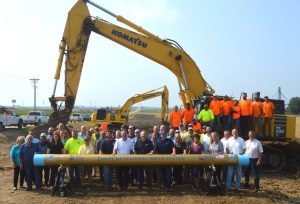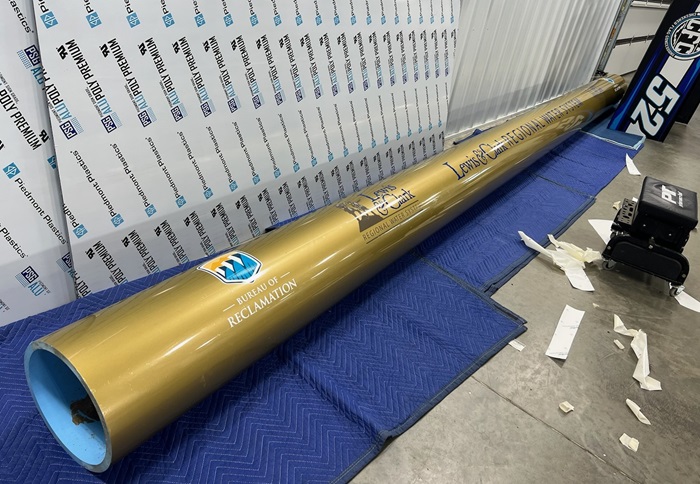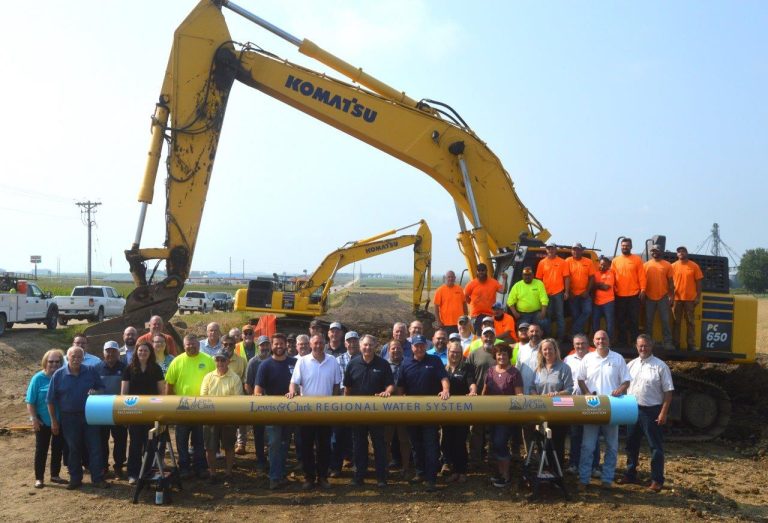A planetary geologist at the University of Iowa is closely following one of the latest NASA missions, the recent launch of a spacecraft called Psyche. Valerie Payré, a U-I professor of earth and environmental science, says the orbiter is headed for a distant asteroid, also called Psyche, which is floating between Mars and Jupiter.
Research indicates the far-away rock is composed mostly of metals. Copper, cobalt and platinum are in high demand to build everything from cars and computers to cellphones and T-Vs. Sending robotic mining machines to an asteroid is likely decades away, she says, but that’s the eventual goal.
It’s very long, in fact, as the spacecraft Psyche won’t even reach its namesake asteroid until 2029. Scientists are theorizing whether it’s possible to attach a rocket to an asteroid and propel it back to Earth, as that would make for a much shorter commute.
Many asteroids are billions of years old, she says, and can vary in size from as big as a grocery store to the size of the state of Iowa. While it might be more convenient to mine an asteroid from Earth orbit, or at least nearby, Payré suggests that could open up another whole can of killer worms. Ever see the movie, “Armageddon”?
It’s thought the asteroid Psyche may be part of a former planet’s core, similar to Earth’s core, and she says this mission promises to begin unlocking some of the mysteries about valuable core minerals and metals.













